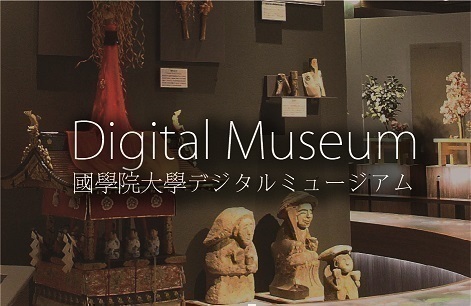- トップ
- Encyclopedia of Shinto
- Ōgimachi Shintō
Encyclopedia of Shinto
| Main Menu: | |
| Links: |
詳細表示 (Complete Article)
| カテゴリー1: | 8. Schools, Groups, and Personalities |
|---|---|
| カテゴリー2: | Medieval and Early Modern Schools |
| Title | Ōgimachi Shintō |
| Text | A lineage of Shinto originating in the transmission of Suika Shinto by Ōgimachi Kinmichi (1653-1733) to the sovereign and court retainers. In 1680, Kinmichi presented a Shinto oath to Yamazaki Ansai, taking up a full-scale study of Suika Shinto, while also engaging in the practice of Song Neo-Confucianism. Ansai died two years later, on the sixteenth day of the ninth month of 1682 , but two days before his death, his chief disciples Izumoji Nobunao, Nashiki Sukeyuki, and Matsumoto Tameoki (a.k.a. Ōyama Tameoki) recommended Kinmichi as his successor in the Suika Shinto lineage. Ansai approved of this, giving Kinmichi a draft in his own handwriting of his Fūsuisō [Book of Feng Shui], a work most revered in Suika Shintō, and entrusting Kinmichi with his mission. Later, Kinmichi issued excerpts from Ansai's Kuji hongi genki [The Profound Meaning of the Fundamental Record of Ancient Affairs] under the title Jijūshō [Personal Gleanings], emphasizing there the importance of the tokusa no kandakara [Ten kinds of divine treasures] Together with Tamaki Masahide, he made excerpts of the Himorogi iwasaka den ["Tradition on Natural Sacred Spaces"] and Sanshu no jingiden ["Traditions on the Three Divine Regalia"] from Ansai's Book of feng shui and edited these into the work Jijushō [Gleanings on Upholding the Transmissions]. In this way he helped promote the organization of Ansai's disciples. Among these disciples were many who would later contribute to the development of Suika Shintō, including Tamaki Masahide, Okada Masatoshi, Atobe Yoshiakira, and Tomobe Yasutaka, and from this point on, Kinmichi's teachings began to spread throughout the country. On the other hand, the fact that court nobles such as the regent Ichijō Kaneteru became followers of the movement also played a critical role in the formation of Ōgimachi Shintō. After all, Kinmichi's succeeding to leader of the Suika Shintō organization was a direct reflection of Ansai's dying wish that Suika Shintō be transmitted to the court. Along with Kaneteru, Kinmichi presented the Book of Feng Shui to Retired Sovereign Gosai. Having read the work, the retired sovereign declared it should be preserved as a secret transmission, and from that time the lineage came to be known as Ōgimachi Shintō. Later, Kaneteru's son, the regent Ichijō Kaneka would present the three sovereigns Reigen, Higashiyama, and Nakamikado with divine titles (shingō). Through the efforts of Kinmichi, Kaneteru, and Kaneka, Ōgimachi Shintō, which is to say, Suika Shintō, gained popularity within the court, stimulating the intellectual current of "revering the sovereign" (sonnō shisō ), and later becoming a flashpoint in the movement to revive court rituals (saigi saikō undō ). See Ōgimachi Kinmichi. -Nishioka Kazuhiko |




